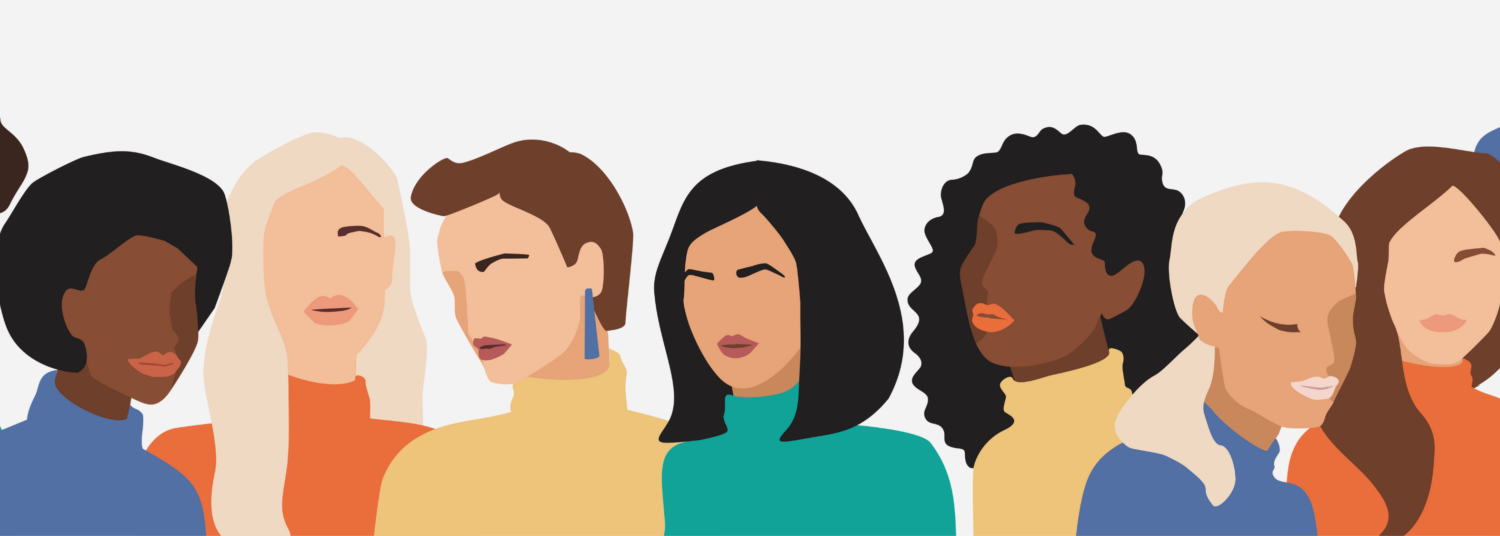“The beautiful thing about learning is nobody can take it away from you.”
-B.B. King
Learning new things and gaining new experiences are an amazing part of life. Even after completing high school, learning opportunities like continuing education and training matter — even if it’s just taking a few college courses after graduation. Data analyses from the National Deaf Center on Postsecondary Outcomes (NDC) show that this is especially true for deaf people, who are more likely to have jobs, make more money, and be involved in their communities when they complete high school and continue their education.
Yet, due to continued systemic barriers, our data shows gaps in educational attainment between deaf and hearing populations. For example, in 2019, only 84% of deaf people had completed high school, compared to 89% of hearing people. These gaps become even more stark between deaf and hearing people at the bachelor’s degree level, where only 19% of deaf people had a bachelor’s degree compared to 34% of hearing people.
Despite these facts, some people assume that more and more deaf people are continuing their education because high schools, training programs, colleges, and universities are now more accessible to a wider range of deaf people. Our researchers at NDC decided to test that hypothesis — and find out if more deaf people are completing high school and college degrees over time.
The results of this analysis were published in the Journal of Postsecondary Education and Disability, led by NDC researchers Carrie Lou Garberoglio, Paige Johnson, Adam Sales, and Stephanie Cawthon.
Gains Were Made, But the Gap Remains
Findings over a period from 2008 to 2018 showed that there was an increase in the number of deaf graduates with high school diplomas, associate degrees, and bachelor’s degrees. High school completion among deaf people increased from 80% in 2008 to 84% in 2018. From 2008 to 2018, associate degree completion increased from 24% to 29%, while bachelor’s degree completion increased from 16% to 19%.
However, the completion rates for hearing people are also increasing at largely matching rates, meaning not much progress was made on narrowing the completion gap between deaf and hearing people. This continued gap in education means hearing people remain more highly educated than deaf people in the United States, which can make them more competitive in the job market.
Deaf people are not all the same — each deaf person has different experiences, opportunities, and barriers while navigating educational systems. Knowing this, our analyses also focused on how completion rates are different across intersectional factors, such as age, gender, and ethnicity.
When looking at these factors, we found deaf Black, Latinx, and White people showed increased completion rates across all levels of education. Deaf Black and Latinx people showed the largest increases in high school completion, increasing from 72% in 2008 to 81% in 2018 and 57% in 2008 to 68% in 2018, respectively. Black deaf women in particular are significantly narrowing the gap in high school completion between Black deaf women and Black hearing women.
Closing the Gap
We have so much more work to do. Gradual increases in high school and college completion are not sufficient to reach real equity for deaf people, especially for deaf women and deaf people of color. To successfully close the gap, stronger systemic changes are needed to address inequities that prevent deaf students from benefiting from policies, initiatives, and programs designed to support educational attainment.
Major changes are needed — perhaps a system overhaul. What we have been doing thus far is not enough. We all need to step up and do our part. We must ask ourselves, “What more can we do? What can we do differently?”
NDC is Here to Help
NDC has hundreds of free resources available, as well as online events and presentations that provide support for systems transformation towards equity for deaf people. Our team can help you identify the gaps in your system, and make a plan for improvement. This could involve assessment of policies and procedures in your setting, examination of deficit mindsets and biases about deaf people that may be present, or identification of relationships that can be strengthened in your networks.
As always, you can contact our NDC | help team with additional questions or to make an appointment with one of our specialists. Sign up for NDC’s newsletter and listserv to stay updated.
Citation:
Garberoglio, C.L., Johnson, P.M., Sales, A., & Cawthon, S. W. (2021). Change Over Time in Educational Attainment for Deaf Individuals from 2008-2018. Journal of Postsecondary Education and Disability (JPED) 34(3), 253-272.









